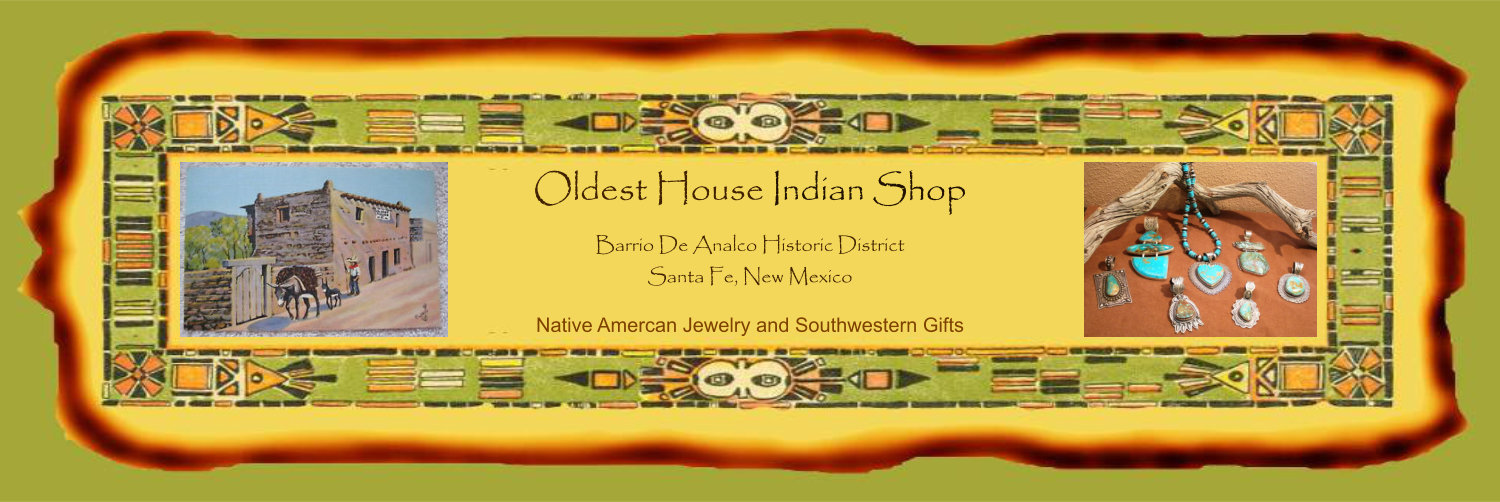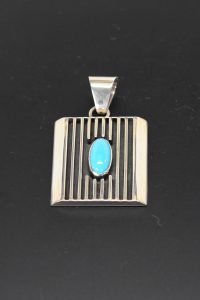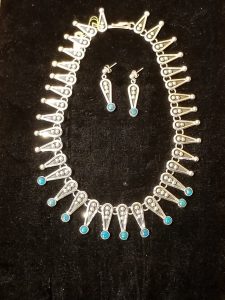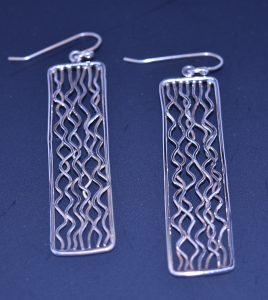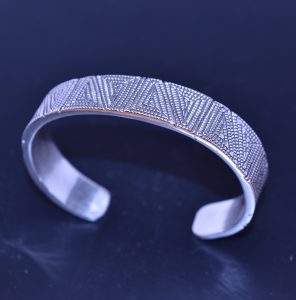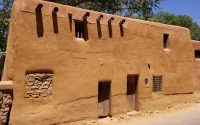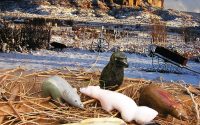Celebrated Silversmiths Advance the Art Form
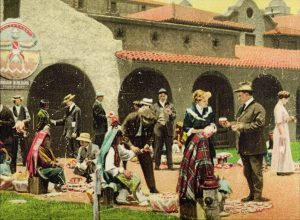 The idea of travelers headed west to “Indian Country” has fascinated Rick Smith, owner of the Oldest House Indian Shop, since he first entered the lobby of La Posada in his hometown of Winslow, Arizona
The idea of travelers headed west to “Indian Country” has fascinated Rick Smith, owner of the Oldest House Indian Shop, since he first entered the lobby of La Posada in his hometown of Winslow, Arizona
“The epiphany came when my curiosity lead me to the timeless and well-maintained courtyard that was hidden from view…a time-traveler moment,” Smith says. “This feeling must have been familiar to those descending the Santa Fe Super Chief passenger car onto the same courtyard in 1930.”
Fred Harvey first exposed train-traveling tourists to Native American silverwork and created a ready market in the early 1900s, but skilled artists behind the craft and the merchants who love them did and still do carry forward the beautiful tradition over generations, advancing and expanding the art form.
The Oldest House Indian Shop features many jewelry artists renowned and awarded for their silver work and sought by galleries and collectors. Francis Jones is a fifth generation Navajo silversmith who uses the traditional method of sandcasting to create her signature “tracks” pieces. Sandcasting is a intensive process that involves creating a mold out of a clay-like sand and pouring molten silver into it. The process destroys the mold so each piece is truly one-of-a-kind. Francis learned the art at age 14 from her father and over her lifetime developed her “tracks” collection, where black oxidized channels in the pieces contrast to emphasize the bold lines of silver that she calls tracks. The award-winning artist has passed the traditional craft on to several of her children, who are are now accomplished silversmiths themselves.
Johnathan Nez combines traditional Navajo stampwork with horizontal and vertical lines of black oxidized silver, creating a contemporary look that doesn’t lose sight of tradition. Specializing in bracelets, some of his work features polished handmade silver balls gracefully placed on a backdrop of oxidized silver and deep-set stamping into heavy-gauge sterling silver. Johnathan hails from a family of Navajo silversmiths and was mentored by his brother, renowned artist Leonard Nez.
Murphy Platero learned the art of silversmithing from his mother, Lena Platero, renowned for her delicate feather jewelry. Murphy brings flowing motion to silver and turquoise with his unique pieces marked by overlapping strands and bundles of silver. The Navajo artist’s contemporary work brings the Southwest style forward with a nod to the art of the past.
Elgin Tom hand-makes his own intricate stamps to create his jewelry, including his signature maze design, a pattern of coils of rounded squares bringing to mind rows of kernels on an ear of corn. The contemporary design was inspired by the Northern Native American art of painting on totem poles. The intricate coils in the Maze pattern represent the symbols of family or clan. The Navajo jewelry artist learned his craft from his father and grandfather and incorporates his Maze design across a collection of hand-cast earrings, rings, pendants and bracelets.
“Just as the silversmith tradition is carried forward, so too is the call to ‘Come Explore’ made by merchants who advance and create ambient and fulfilling settings for travelers and shoppers,” Smith says. “The heart and soul of a good shopkeeper is concerned with you experiencing the rich Indian heritage of the Southwest. Bringing these artist into the scene is our life’s work.”
Visit the Oldest House Indian Shop and Smith’s life’s work at 215 E. De Vargas St. in Santa Fe to learn more and see the work of these talented people.
Visit us online at http://www.oldesthouseindianshop.com
Phone: 505-988-2488
Join us on Facebook and Twitter
